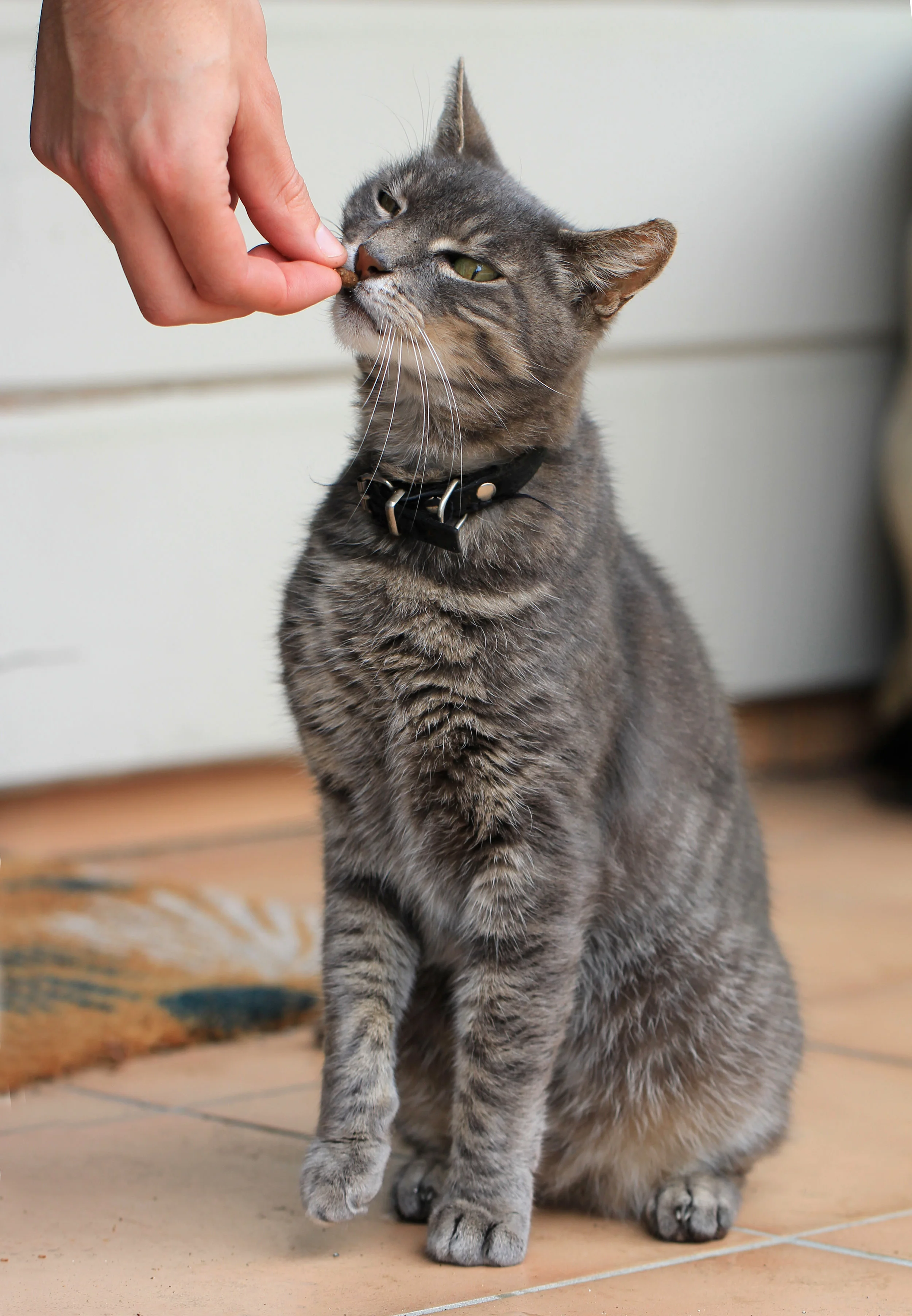Pet Blog > Paying for Feline Leukemia Virus
Paying for Feline Leukemia Virus (FeLV)
Do you know that feline leukemia virus (FeLV) is a very contagious and severe viral disease which affects only cats? Knowing the warning signs and symptoms of cat leukemia are important so that you can take proper steps to care for your furry friend.
Fortunately, there are several ways you can protect your cat from exposure to feline leukemia. Feline leukemia virus is one of the most infectious diseases that affect cats globally.
Cat leukemia manifests mainly through malignancies, profound anemia, and immunosuppression. It infects domestic cats, kittens and other species of Felidae.
Also, feline leukemia is the second leading killer of cats. Feline leukemia kills 85% of persistently infected cats within only three years of diagnosis. It is worth mentioning that the cats and kittens at the highest risk for contracting feline leukemia virus are those that live with infected cats or cats that have an unknown infection status.
Controlling feline leukemia transmission can be difficult as the virus easily passes from one cat to another through various means, such as blood, saliva, and to some extent, feces, and urine. Also, the virus doesn’t live long outside the cat’s body—usually just a couple of hours.
Symptoms of Leukemia in Cats
According to PetMD, there are many feline leukemia symptoms that you should look for. Some feline leukemia symptoms in cats are:
Progressive weight loss
Anemia
Poor coat condition
Fever
Difficulty standing or walking
Pale gums
Enlarged lymph nodes
Reproductive problems
Fever
Diarrhea
Breathing difficulty
Feline Leukemia Diagnosis
Usually, two types of blood tests are performed to diagnose feline leukemia virus. Both of these tests detect a protein component of this virus known as FeLV P27. Note that one of these tests is often performed first as a screening tool. The test is called an enzyme-linked immunosorbent assay (ELISA) that can be completed in a vet's office. This test is very sensitive and can quickly identify cats with early infections. You should note that some cats will manage to clear the virus infection within a couple of months and will consequently test negative.
The second blood test is called the IFA. This test helps detect the progressive phase of feline leukemia infection, and cats that are feline leukemia positive are unlikely to clear the virus. The main difference between the two tests is that IFA detects antigens in the white blood cells while ELISA detects them in the blood serum.
Cats that test positive by IFA typically remain infected for life. Your vet may recommend a polymerase chain reaction (PCR) to detect the DNA of the virus to determine whether the feline leukemia virus has infected the bone marrow.
Feline Leukemia Treatment
As there’s a difference of opinion among vets today about the most effective approach to treating the virus, you have many treatment options to choose from. Sadly, 85% of cats that contract cat leukemia die within three years of diagnosis. However, frequent vet check-ups, as well as good preventive healthcare, could help keep the cats feeling well and protect them from any secondary infection. Remember that there’s no specific treatment or cure for cat leukemia.
In most cases, treatment is directed at various symptoms of the disease and often includes blood transfusion, steroids, and supportive care when needed. All treatments for feline leukemia, including the following, focus on relieving discomfort and pain:
Antibiotics for treating secondary bacterial infections
Chemotherapy for treating tumors
Blood transfusions
Dietary supplements
Various immunomodulatory drugs (these drugs target the cat’s immune system), like Interferon, Acemannan, and ImmunoRegulin.
A few medications have shown great promise in treating feline leukemia virus, such as antivirals used in human AIDS treatment. Laboratory testing, twice-yearly physical examinations, and parasite control can help prevent complications and identify any problems quickly. All cats with feline leukemia should be kept indoors and neutered if not already.
Feline leukemia virus makes it hard for your cat’s body to respond to treatment if your cat is ill. Your vet will prescribe medication that will treat the symptoms. Your vet may hospitalize your cat in case of severe secondary infections, like weight loss with muscle loss, or low red-blood-cell count. In these severe cases, your cat will be kept under hospital care until the condition stabilizes.
Post Treatment Care
After treatment, keep your cat indoors to lower exposure to various other infectious agents as well as prevent the spread of infection to other cats.
How long do cats live with feline leukemia? It is difficult to predict the life expectancy of a cat infected with feline leukemia. However, most tend to succumb to a cat leukemia-related disease within 2 or 3 years after becoming infected.
You will be better off replacing water and food dishes, bedding, toys, and litter pans used by a FeLV-positive cat. Or you can clean and disinfect these items with four ounces of bleach (household) diluted in one gallon of water before you get a new cat. You must contact your vet as soon as possible to address any potential secondary infections.
Here are some post-care treatment best practices:
Feed your high-quality cat foods
A single cat home is usually the best and safest environment for your FeLV positive cat
Keep the cat’s nails clipped and smooth; it will avoid scratches
Give your cat health and vitamin supplements
Don’t give your cat any raw foods
Average Cost of Treatment
The average cost to treat feline leukemia virus is about $650-$700. And the average prevention cost is approximately $75.00. However, it can vary depending on the size of your cat, veterinary bills, and the stage of feline leukemia.
Modern veterinary care is quite expensive, and you may expect high veterinarian bills if your cat contracts feline leukemia virus. You have a responsibility to take care of your pet, and sometimes costs can exceed your usual means. These higher costs are the reason more and more cat owners are resorting to veterinary crowdfunding to help with high and/or unexpected veterinary bills. Other pet lovers will likely help you and your kitty as they will more easily empathize with your situation.
Concluding Thoughts
Keeping your furry companion indoors and away from other cats that may carry feline leukemia is the best way to prevent the disease. And if you suspect that your cat has a FeLV infection, you should immediately schedule an appointment with your vet.
Check out the other “Cat Blog” articles
Return to the Pet Blog


